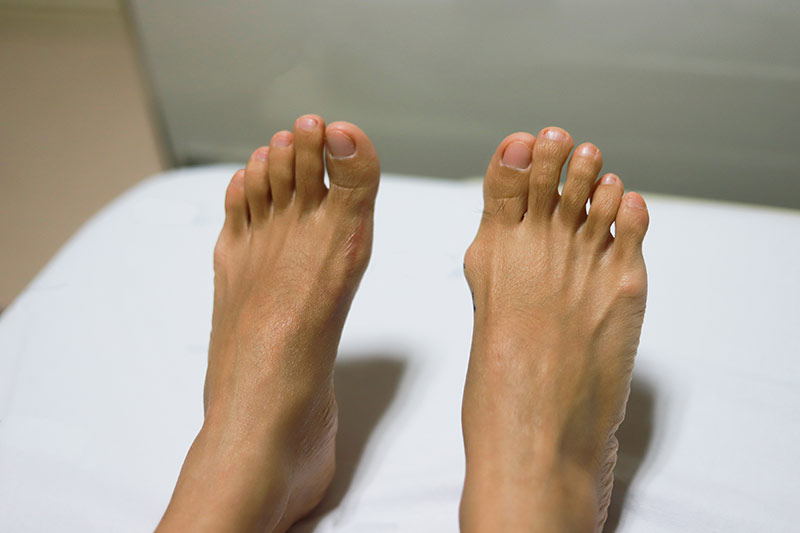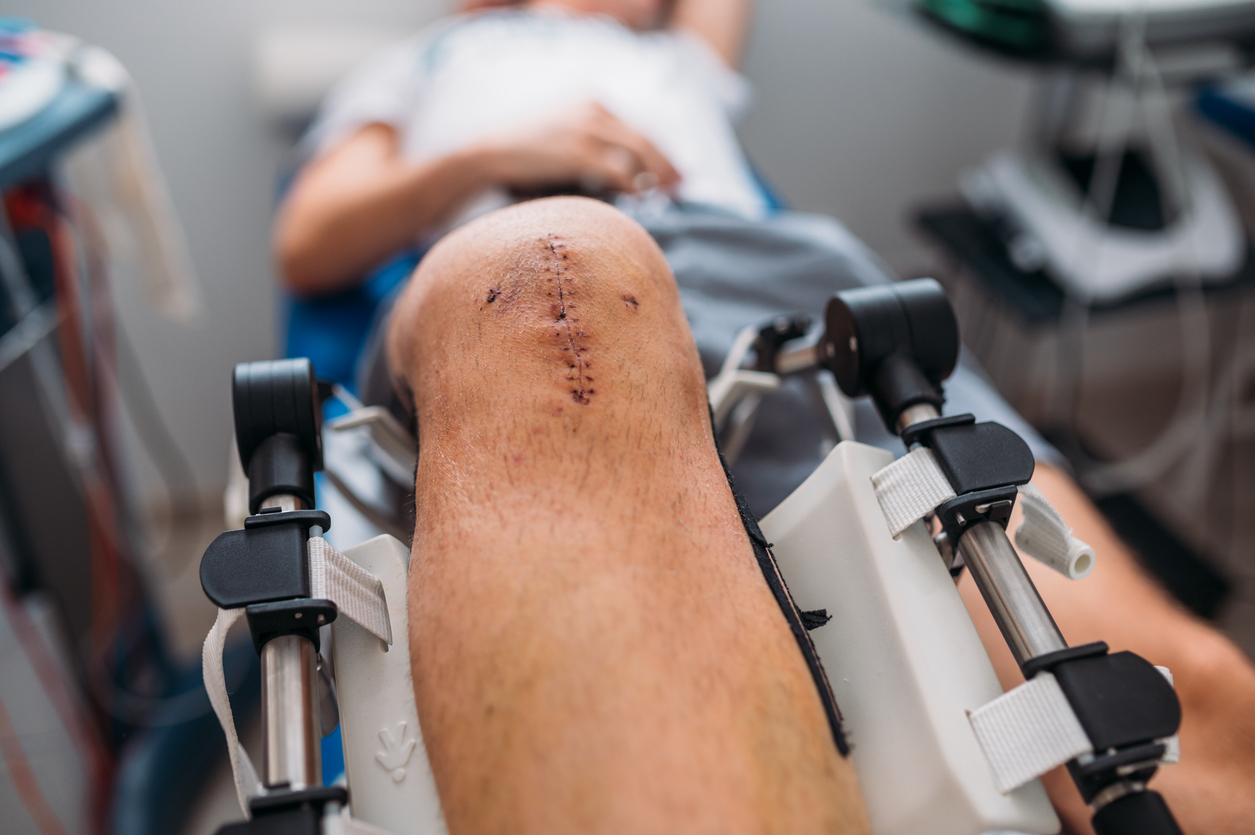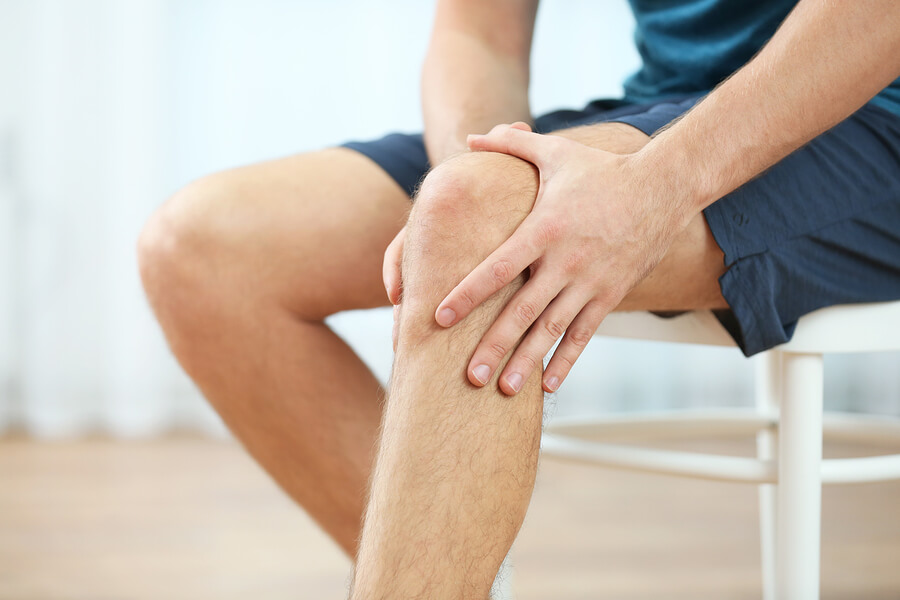Joint health is pivotal in our overall well-being, impacting our mobility, comfort, and quality of life. Incorporating simple yet effective daily habits and lifestyle adjustments can significantly contribute to maintaining healthy joints and reducing the risk of joint-related issues. Here are five essential practices that can help promote optimal joint health.
1. Maintain Proper Posture
Good posture is not just about looking poised; it’s also a fundamental element in preserving joint health. Proper posture reduces the stress on joints, particularly in the spine, hips, and knees. Whether sitting at a desk, standing, or walking, make a conscious effort to maintain a neutral spine. Sit with your back straight and supported, keeping your feet flat on the ground. When standing, distribute your weight evenly on both feet and avoid slouching.
Moreover, ergonomic adjustments to workstations, including proper chair height and monitor positioning, can help maintain good posture and reduce joint strain during long hours of work.
2. Weight Management
Maintaining a healthy weight is crucial for joint health. Excess weight can put significant stress on joints, particularly those in the knees, hips, and spine. Every pound of excess weight translates to additional stress on weight-bearing joints. Therefore, managing weight through a balanced diet and regular exercise can significantly alleviate joint pressure.
Aim for a diet rich in nutrient-dense foods, focusing on fruits, vegetables, lean proteins, and whole grains. Avoid processed foods and excessive sugars, which can contribute to inflammation, exacerbating joint issues. Regular physical activity, including low-impact exercises like swimming or cycling, can help manage weight and strengthen the muscles that support joints.
3. Regular Movement and Stretching
Sedentary lifestyles can lead to joint stiffness and reduced flexibility. Incorporating regular movement and stretching exercises is vital for joint health. Engage in activities that promote flexibility, such as yoga or tai chi, to maintain joint mobility and reduce the risk of injury. Stretching exercises can also alleviate tension in muscles around the joints, improving their overall function.
Simple stretching routines, performed in the morning or during breaks throughout the day, can significantly impact joint health. Focus on areas prone to stiffness, like the shoulders, hips, and lower back, to maintain flexibility and reduce joint stress.
4. Adopt Joint-Friendly Activities
Some activities place less stress on joints than others. Engaging in joint-friendly exercises is an excellent way to promote joint health while staying physically active. Activities like swimming, cycling, and elliptical training are low-impact and gentle on joints. These exercises provide cardiovascular benefits without subjecting joints to excessive stress.
Additionally, incorporating resistance training to strengthen the muscles around the joints can improve their stability and reduce the risk of injury.
5. Mindful Movement and Joint Protection Strategies
Be mindful of how you move and perform daily tasks to protect your joints. Lift heavy objects using your legs instead of your back to prevent spinal strain. Use proper techniques for repetitive tasks to avoid joint overuse and strain. For example, when typing, keep your wrists in a neutral position to prevent carpal tunnel syndrome.
Furthermore, consider using assistive devices or tools that reduce joint stress. For instance, using ergonomic keyboards or wearing supportive footwear can significantly alleviate joint pressure.
Simple daily habits and lifestyle adjustments are vital in maintaining healthy joints and preventing joint-related problems. By integrating these practices into your routine, you can promote optimal joint health, improve mobility, and enhance your overall quality of life. Remember, small changes can lead to significant benefits in the long run.












